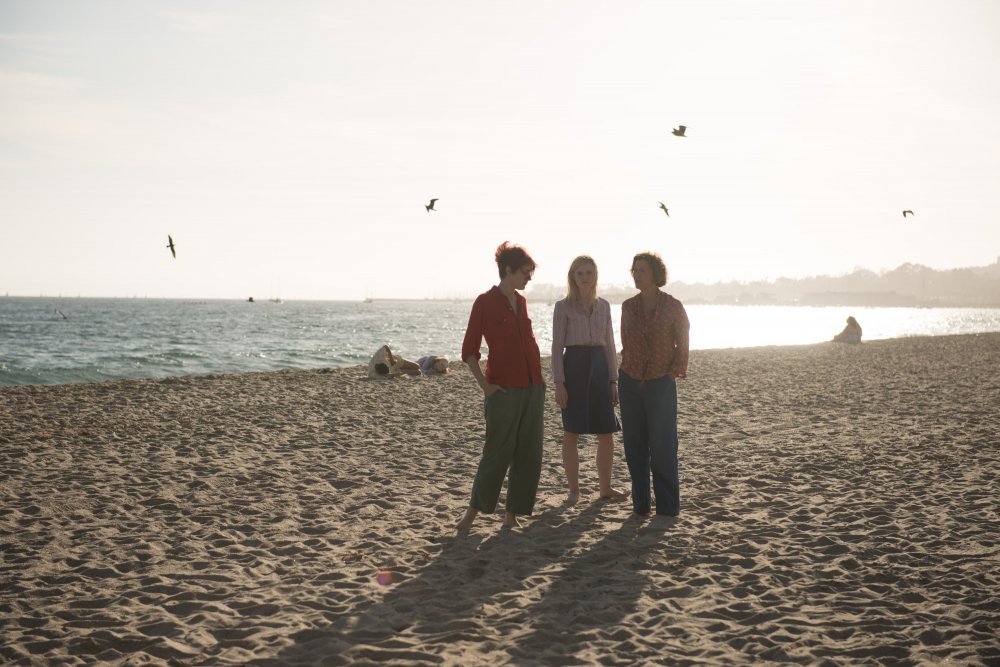20th Century Women, Mike Mills’s third dramatic feature, promises to be every bit as autobiographical as Beginners (2010), which confronted his mother’s death and his father’s subsequent decision to come out as gay. Mills’s new film is a throwback to his teenage years in the late 1970s, when he was raised by his mother with the help of two older sisters.
USA 2016
Certificate 15 118m 16s
Director Mike Mills
Cast
Dorothea Fields Annette Bening
Julie Elle Fanning
Abbie Greta Gerwig
Jamie Lucas Jade Zumann
William Billy Crudup
Julie’s mother Alison Elliott
Abbie’s mother Thea Gill
young Jamie Vitaly A. Lebeau
Julie’s sister Olivia Hone
[2.35:1]
UK release date 10 February 2017
Distributor E1 Films
movies.powster.com/20th-century-women
► Trailer
Jamie (Lucas Jade Zumann), the boy in 20th Century Women, is an only child, but his divorced single mother Dorothea (Annette Bening) asks two younger women, her twentysomething lodger Abbie and teenager Julie, to help him grow into a man. So, like Thumbsucker (2005), this has a fragile teenage boy at its heart, though as the title suggests, Jamie’s personal development is not the film’s sole focus. 20th Century Women is mostly a portrait of Dorothea, a fascinating and elusive woman who carries values from her childhood in the Great Depression into her later life as a bohemian single mother in 70s California, but it’s Julie and Abbie’s story too. As a concept, 20th Century Women risks becoming a sweeping study of generations of womanhood, but in practice it’s far more generous than that – the characters are too singular to become types, and Dorothea herself actively resists analysis and categorisation.
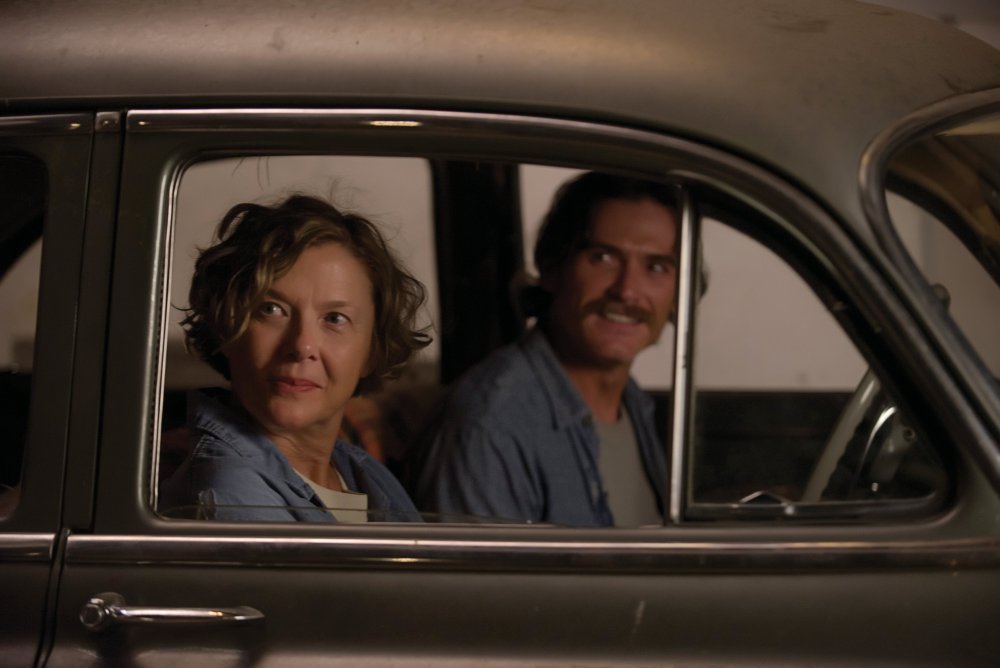
Set in 1979, a year when, according to American politicians, both energy and confidence were at a crisis point, 20th Century Women is poised self-consciously on the threshold of a new decade that will abate both the punk music that excites the younger protagonists and the hippie values that bring the generations together around a kitchen table laid with earthenware bowls of salad and tumblers of red wine. Reaganism, Aids and global capitalism are held just at bay in a summer of self-discovery, experimentation and feminist awareness-raising. It’s a charmed and sometimes chemically enhanced time – the photography surrounds the characters in a sunny haze, and rainbow flares appear when their cars accelerate down the coastal highway. Photomontages inspired by Abbie’s own autobiographical project punctuate the narrative, as do quotations and film clips. Dorothea lives in a house that was built in 1905 but is being remodelled, so it seems new, or at least under construction, again. Everywhere around her, time is in flux, and the film flashes forward to events outside its own timeframe – omniscient announcements that keep the future, including the consequences of her chain-smoking, close to hand.
Dorothea is manifestly a product of an earlier era: a wisecracking screwball maverick who loves Casablanca and poses as Humphrey Bogart. She wears bobbed hair and silk blouses that recall the fashions of her youth, as well as overalls summoning her frustrated dreams of becoming a pilot. But her Depression-era habits, from tracking stock prices to her independent thinking, suit her well in 70s California, where she wears Birkenstocks, says Jamie, “because she is contemporary”. She demands, “Show me this modern world!” and attempts to make sense of records by Black Flag, The Raincoats and Talking Heads. As she says of her own beloved car: she wasn’t always old, she just got that way recently.
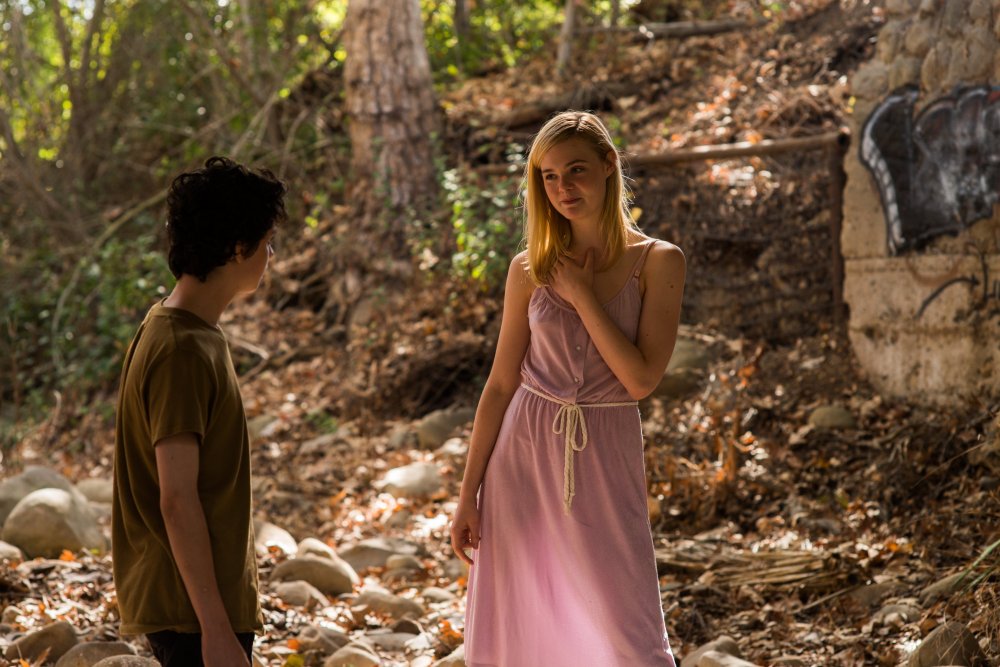
Bening plays Dorothea as wry, warm and determinedly unreadable. When Jamie recites a passage that seems to describe her (Zoe Moss’s essay It Hurts to be Alive and Obsolete: the Ageing Woman) she lashes out – a liberating moment that warns the viewer away from simplistic interpretations of the film. Her fellow 20th-century women are enjoyably complex, and androgynous, too. As women’s libber Abbie, Greta Gerwig has never been better: movingly, she grapples with life-changing health issues that isolate her from her art-school pals, while maintaining her commitment to Jamie. Elle Fanning’s fragile, wise Julie is an expert mimic of men, who prioritises strength as the core virtue but reads Judy Blume between one-night stands. During the film, it’s the women who become bolder, more sure of their identities, not Jamie, their failed project, driving around in a car spray-painted to reflect the musical tribes that bisect his peer group: are you Black Flag or an ‘art fag’?
20th Century Women is a refreshingly rich and intelligent female-led drama. It’s also a poignant character study that draws first-rate performances from its cast. If Mills intended to make a film about his own youth, the result is a story about the lives of women, the challenges of parenthood, the value of art and a recent past that now seems unreachable.
In the March 2017 issue of Sight & Sound
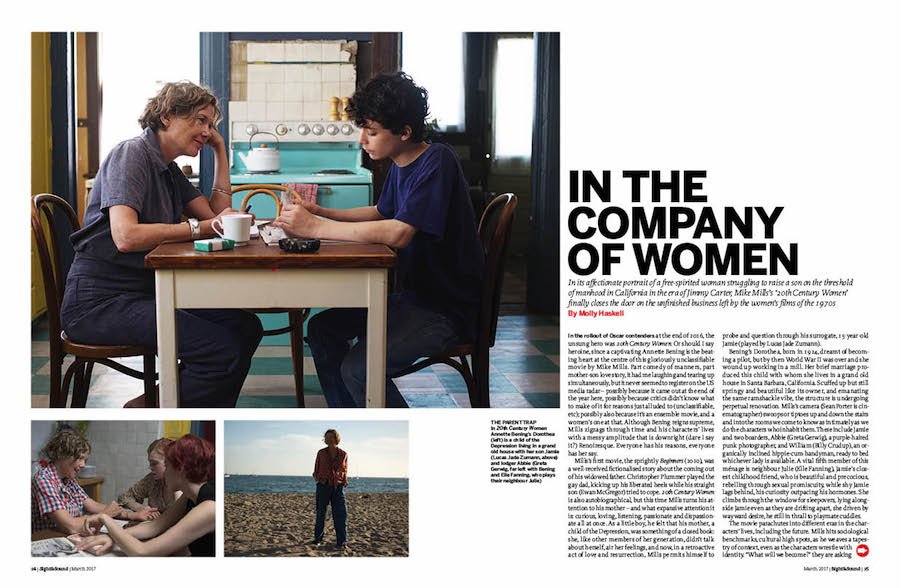
In the company of women
In its affectionate portrait of a free-spirited woman struggling to raise a son on the threshold of manhood in California in the era of Jimmy Carter, Mike Mills’s 20th Century Women finally closes the door on the unfinished business left by the women’s films of the 1970s. By Molly Haskell.
-
Sight & Sound: the March 2017 issue
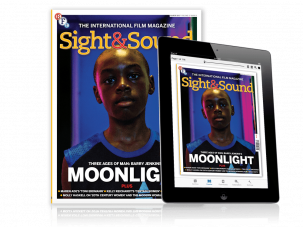
Moonlight – a beacon of hope in troubled times. Plus Viola Davis, Toni Erdmann, Certain Women, 20th Century Women, The Fits, Prevenge, Werner...
-
The Digital Edition and Archive quick link
Log in here to your digital edition and archive subscription, take a look at the packages on offer and buy a subscription.




